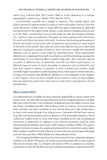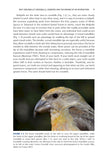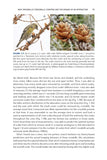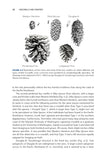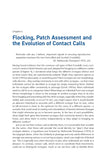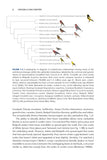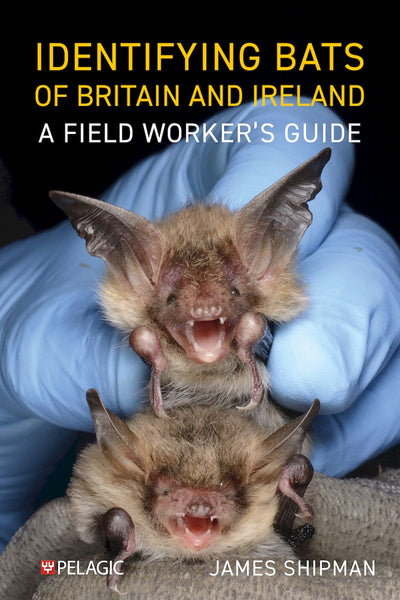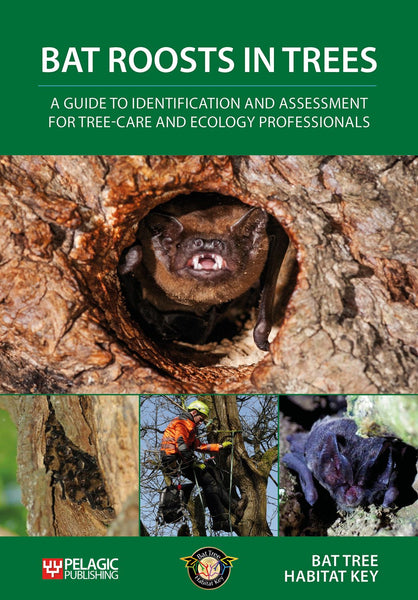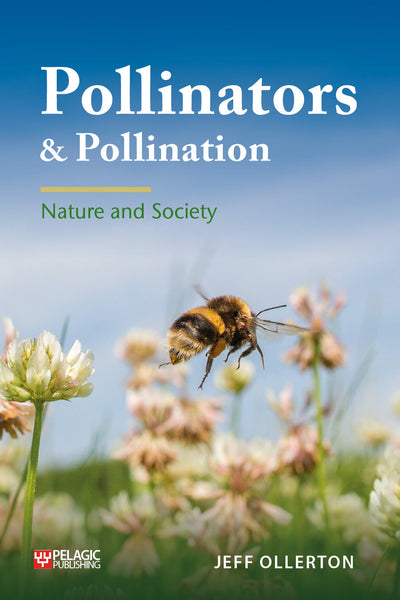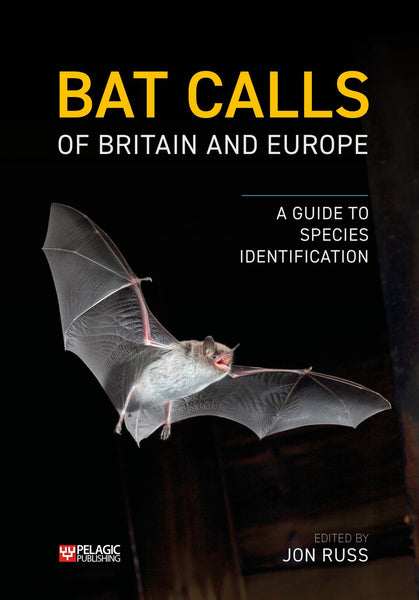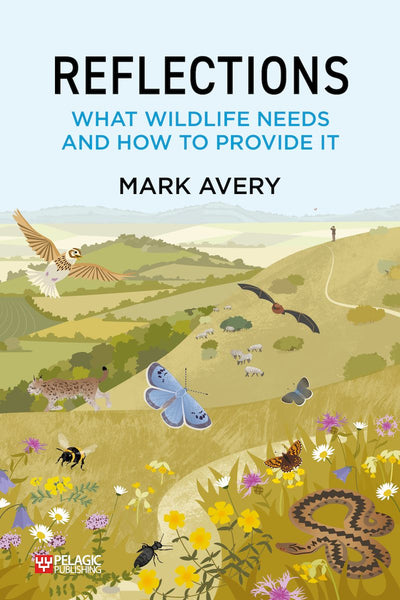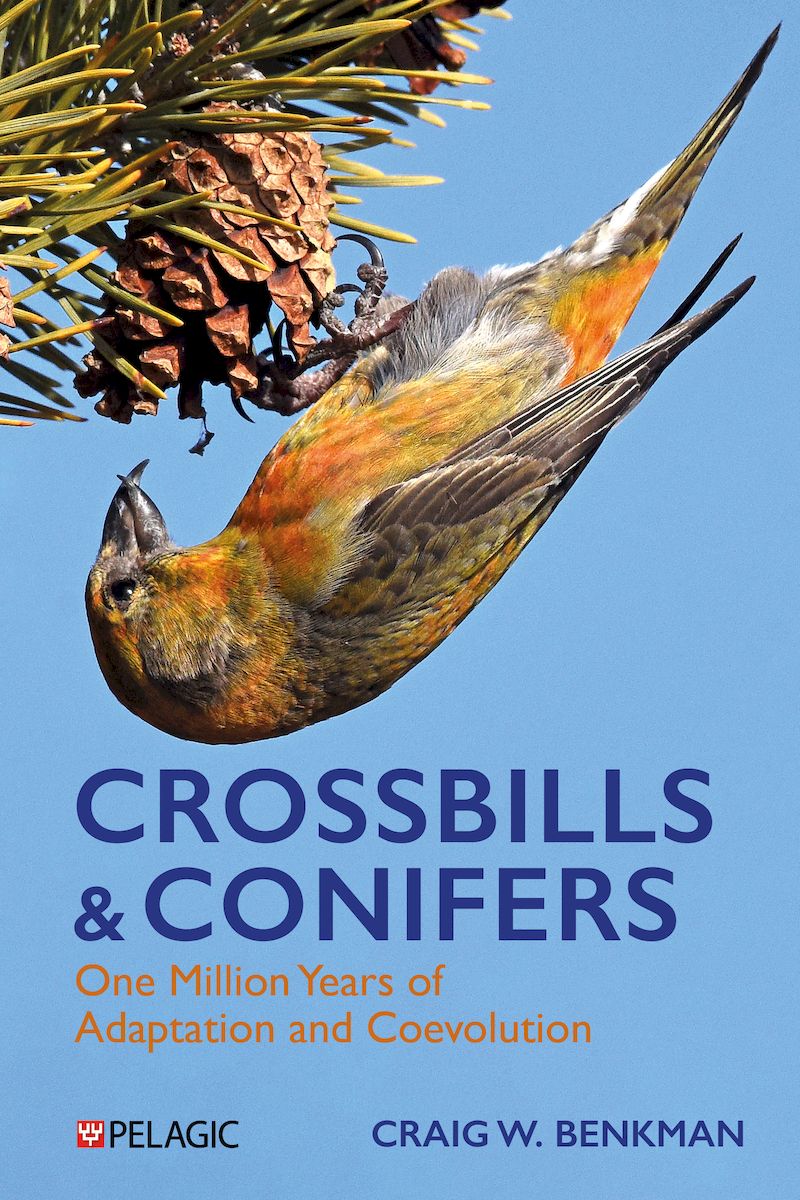
Crossbills and Conifers
One Million Years of Adaptation and Coevolution
- Crossbills are an ideal group of species to investigate some of the foremost topics in evolutionary ecology.
- The clear link between bill and cone structure makes obvious the reciprocal adaptations between crossbills and conifers, including especially the coevolutionary arms race driving the evolution of the newly discovered Cassia Crossbill.
- This accessible and handsomely illustrated book will appeal to a wide audience.
- Darwin would have loved this book.
—Nick Davies, University of Cambridge
- birds
- conservation
- ecology
- evolution
- ornithology
Description
Crossbills and Conifers explores an intimate natural historical connection, revealing why crossbills have become an exemplar of diversification and coevolution. Craig Benkman takes readers on his 40-year journey of research and discovery, exploring a series of unique and interrelated findings about the behavior, ecology, evolution and conservation of a remarkable group of birds.
Key to revealing these insights is the ease with which one can measure how variation in bill structure, and conifer cone structure and phenology, influence the efficiency at which crossbills extract seeds from cones. Consumer-resource interactions are fundamental to much of ecology, but such relationships are rarely so readily quantified, not least with the coevolutionary arms race driving the evolution of the newly discovered Cassia Crossbill.
This accessible and handsomely illustrated book will appeal to a wide audience. Students of ornithology and evolutionary biology will gain a greater understanding of the value of natural history and especially the utility of knowing when who eats whom and why. Bird enthusiasts and naturalists will learn much about the world of crossbills, the causes of their diversity which has challenged and inspired many ornithologists, and the threats that these birds face.
DOI: 10.53061/VSDN6841
Table of Contents
Preface
Acknowledgments
1. Why Crossbills? Crossbills, Conifers and the Origins of an Interaction
2. Challenges and Opportunities of Relying on Cone-seed
3. How Cone and Bill Structure Shape Conifer and Habitat Use
4. How and When Key Resources Favor Specialization
5. Coevolution: Crossbills Are More than Just Ornaments
6. Flocking, Patch Assessment and the Evolution of Contact Calls
7. Speciation in the Cassia Crossbill
8. Causes and Consequences of Variation in Reproductive Isolation
9. The Future of Crossbills: Climate Change and Other Threats
10. Epilogue
Glossary
References
Index
Reviews
- A wonderful study and brilliant illustration of how the natural world can be illuminated by evolutionary thinking combined with detailed field observations and ingenious experiments. Darwin would have loved this book.
—Nick Davies, University of Cambridge - In this beautifully written narrative, Craig Benkman takes us on a journey across his decades-long field studies of crossbills and conifers. These studies are among the most fascinating and insightful ever undertaken on how animals and plants form relationships that may not only persist but also diversify over millenia and continents. This is also a very personal book, showing how science advances through a combination of individual dedication and fruitful collaborations with others. It is a sheer joy to read.
—John N Thompson, University of California, Santa Cruz - In this beautifully illustrated and informative book Craig Benkman delves into the life of the remarkable crossbills. This is a book that will captivate curious naturalists and students of ecology and behavior alike. They will see crossbills in a different light and be stimulated to ask penetrating questions of other related species.
—B. Rosemary Grant, Princeton University - This book is a must-read, particularly for those interested in crossbills but also for those with a general interest in the feeding ecology of birds.
—Ron Summers, Scottish Birds - Crossbills and Conifers offers birders far more than just a life history of a bird; it uses the Crossbill as a lens through which to explore the major themes of ecology, diversification, and conservation. It’s a rewarding read... Highly recommended.
—John Hague, 10,000 Birds -
...evolutionary ecologists and, of course, crossbill enthusiasts will find a lot to enjoy in this comprehensive study.
—Arjan Arenas, BNA Bulletin
About the Author
Craig Benkman is an evolutionary ecologist and ornithologist, and an Emeritus Professor and Robert B. Berry Distinguished Chair in Ecology at the University of Wyoming. Before moving to Wyoming in 2004, Craig was on the faculty in the Department of Biology at New Mexico State University. He received a B.A. from UC Berkeley, a M.S. from Northern Arizona University, a Ph.D. from State University of New York at Albany, and conducted postdoctoral research at Princeton University and the University of British Columbia. He is a Fellow of the American Association of the Advancement of Science and received the E. O. Wilson Naturalist Award from the American Society of Naturalists and the William Brewster Memorial Award from the American Ornithological Society.Bibliographic Information
 224 pages
224 pages - Colour illustrations
- BISAC SCI070040, SCI027000, NAT011000
- BIC PSVW6, PSAJ, RNKH







